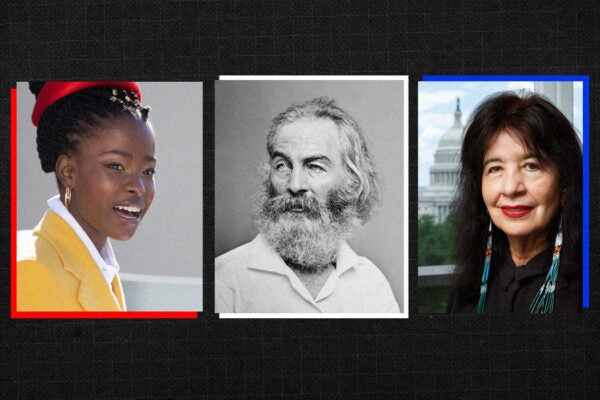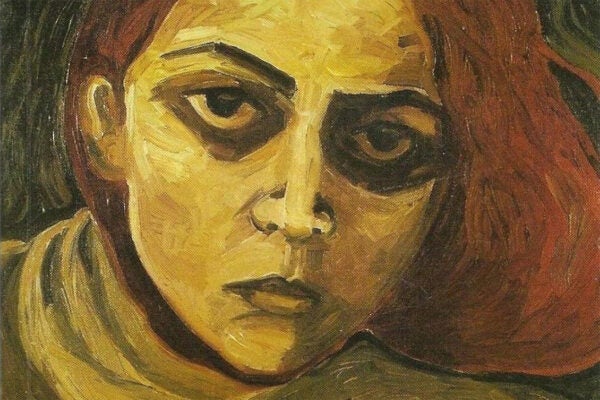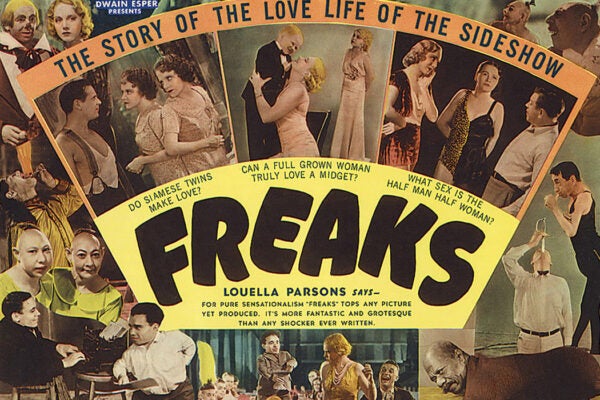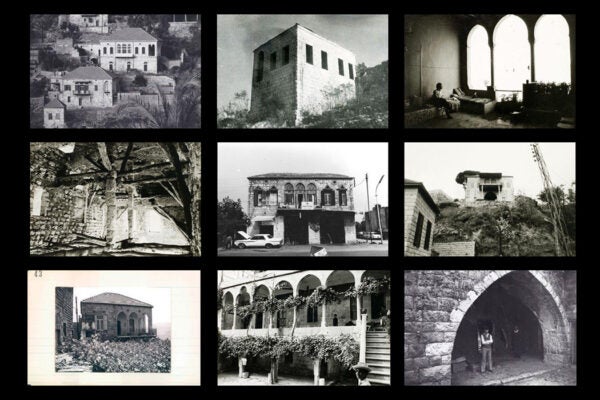On July 8, 1913, a great tragedy eliminated, forever, one of Canada’s most promising Francophone novelists. In Chapleau, Ontario, a rampaging locomotive struck and killed extraordinary literary talent Louis Hémon. If you’ve heard of him, it’s probably in connection to the novel Maria Chapdelaine. And if you’ve read that book, you’ll know that Hémon captured the dark romanticism of early twentieth-century rural Quebec life in a way that few authors have, though, of course, Quebec’s cultural history is rich and varied.
The plot of Maria Chapdelaine revolves around the most difficult choice a young woman of a certain social background needs to make in her lifetime: selecting from among her suitors the life partner who will bring her the most personal happiness and economic stability. It’s a formula that some critics argue overrides the novel’s other qualities, which is why today many consider the book to be strictly a romance. There’s more to it than that, though.
“Although features of the domestic/courtship novel—the heroine’s search for a match, and her decision to continue the family tradition (by marrying a farmer)—are interwoven with the adventure story, the latter, despite its predominance, has not received due critical attention,” writes Sudarsan Rangarajan for The French Review.
Maria Chapdelaine, the protagonist, lives a life of isolation with her family on a farm in Quebec, but her fresh beauty and excellent domestic skills still attract the attention of two young men who seek to marry her. One is a family friend who offers her an exact replica of the life she already leads, an existence of hard work and toil in the countryside with which she is already familiar. Another presents a more anxiety-inducing but intriguing prospect: a life of fast-paced leisure and culture in a big city, far away from everything and everyone she knows. What hinders Maria’s ability to decide is the fact that she isn’t really in love with either man. The man she truly adores has passed away, and she has to somehow move on with her life and follow a new path.
Like his famous main character, Hémon also faced a life of hard choices to make. Though he was born in France and had a strong educational background (including extensive studies at the Sorbonne), Hémon decided that better opportunities awaited him in Quebec. While employed on a farm around Lac Saint-Jean, he made keen observations of settler life. He noted how people of powerful grit handled their trials and sought out their small pleasures even when the harsh elements and accidents acted against them. With this context, Maria Chapdelaine can be considered as much as an in-depth social commentary as a typical romance novel, again challenging the restrictions of the genre. How do you build a stable life for yourself when you only have minimal control over your surroundings?
Weekly Newsletter
French-Canadian literature scholar Kathy Mezei takes a cynical approach to dissecting Maria Chapdelaine, insisting that all the characters were made intentionally powerless by the author to reflect the status quo that governed the real lives of people in this time period and place. Hémon “captures in his novel the ideology that dominated and defined Quebec until the Quiet Revolution of the 1960s,” Mezei writes. The Quebec Hémon found when he arrived from Breton
was primarily French-speaking, Catholic, conservative, anti-industrial, and aggressively agrarian. Novels, unless didactic and moral, were condemned by the Church as dangerous. Responding to these constraints, the popular novel of the soil flourished in the late nineteenth and early twentieth century, promoting and representing agrarian ideology and virtues.
This agrarian ideology and virtues were given a voice—“mightier than the others…the voice of Quebec”—in the novel’s fifteenth chapter, when a nameless soul proclaims that “[i]n this land of Quebec nothing has changed. Nor shall anything change, for we are the pledge of it. Concerning ourselves and our destiny but one duty have we clearly understood: that we should hold fast—should endure.”
Powerless as they may have been, Hémon’s characters weren’t helpless. They knew how to survive, to endure, as Hémon himself did, before being hit by that train. His magnum opus survives him as his legacy and is now a common staple of the curriculum in French-speaking schools throughout Canada.







